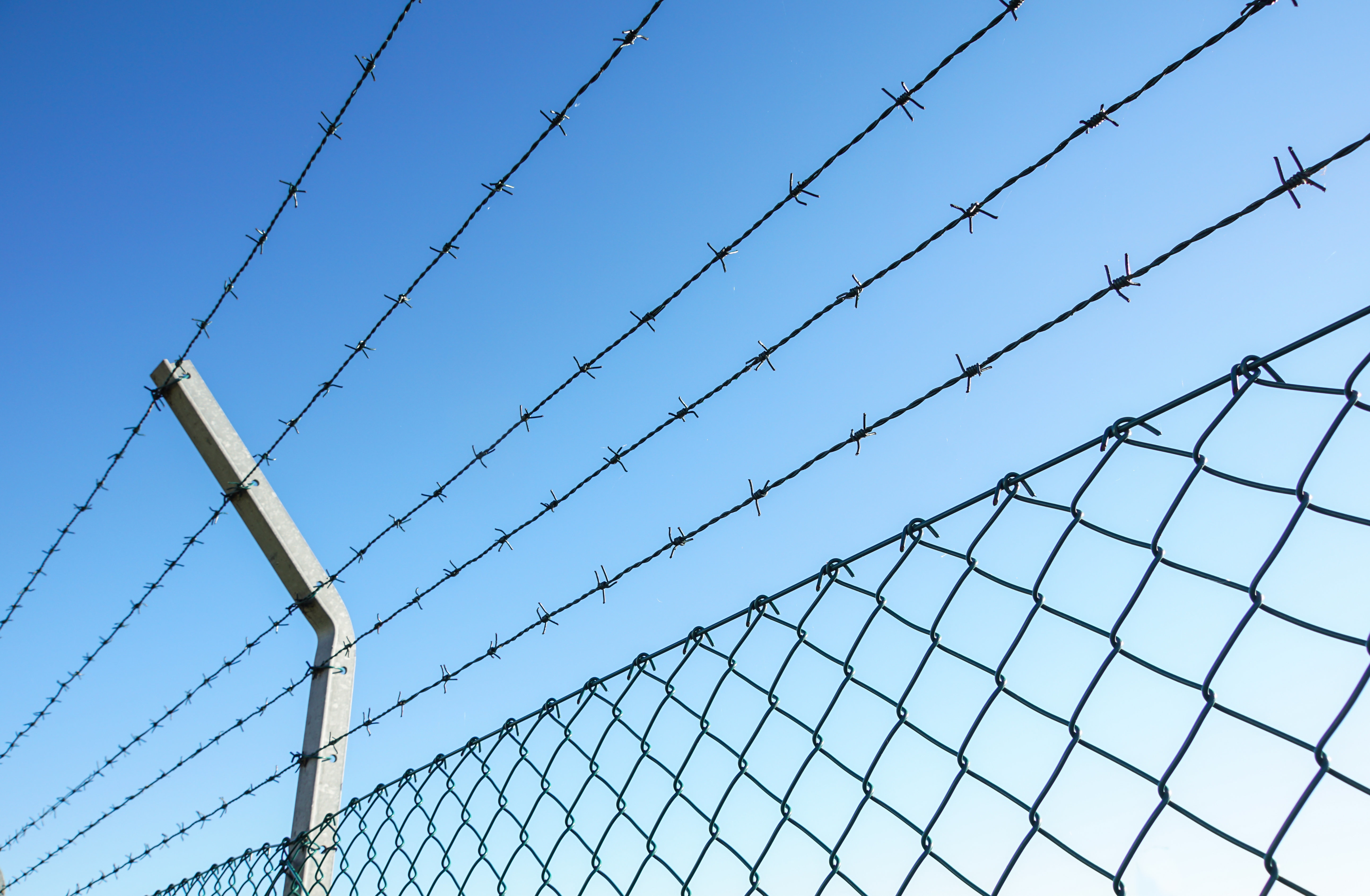
It’s been 11 years since Baroness Jean Corston’s landmark review of vulnerable women in the criminal justice system highlighted the need for a radically different, “women-centred approach”. The review was in part prompted by the tragic deaths of six women over a 13 month period at HMP Styal in 2006, and its findings threw the suffering and indignities endured by female prisoners in the UK into sharp focus.
I vividly recall representing one female client, not long after the report’s publication, whose adult life had been consumed by drink and drug addiction and recurring short term prison sentences for acquisitive offending. Unfortunately the Magistrates on that occasion formed the view that she hadn’t learnt her lesson and imposed a further term of imprisonment, which I strongly believed would only compound the underlying issues behind her addictions and in turn her offending.
Since then, some steps have been taken to improve the situation for women involved in, or at risk of coming into contact with, the criminal justice system but the sea-change prophesied by many following the Corston Report has yet to materialise. What’s more, the latest figures suggest that the problems endemic to our justice system are now getting worse; the number of women’s deaths in custody in 2016 were double that of the previous year.
There’s a growing consensus that in order to enact meaningful change, we must create a truly comprehensive support network for women at all stages in the criminal justice system —one that gets to the root of why women commit offenses, with a focus on crime prevention, early intervention and diversion away from custodial sentences.
Simply put, despite accounting for just 5% of the total prison populace, there are still too many women behind bars. The vast majority of women who enter prison under sentence have not committed a violent offence and pose little to no risk to the public. Moreover, they themselves are extremely vulnerable. Interact with any number of women enmeshed in the criminal justice system and a sobering pattern will emerge. Many are victims of domestic violence, experienced childhood abuse, battle addictions or have significant mental illness to contend with.
Overwhelmingly designed by and for men, prisons can be hostile environments for any woman, but they are particularly ill-equipped to deal with the complex and often intersecting issues listed above—all too often exacerbating the very problems that led to the offense in the first place and rendering rehabilitation a rather distant hope. Standard procedures, such as strip searches and supervised bathroom visits can trigger retraumatisation for those who have experienced sexual abuse, for instance. At times, women’s healthcare needs go unmet; the Independent Custody Visiting Association (ICVA) recently identified a concerning lack of adequate sanitary provision for menstruating women in custody. The government watchdog called for all women to have access to a female officer while in custody, a hygiene pack and an ample supply of sanitary products, in addition to greater respect for privacy.
Prison can be especially traumatic for pregnant women, 600 of whom are held in prisons in England and Wales every year, as their testimonies make clear. Some report serious fears for the safety of their unborn child—with worries ranging from the potential impact of poor nutrition, to the risk of getting caught in the crosshairs of a prison fight, to not having complications in the pregnancy taken seriously by prison staff. Others have spoken out regarding the emotional cost of being handcuffed while heavily pregnant, or having to give birth and breastfeed in full view of prison staff. Though some prisons are equipped with mother and baby units where prisoners can keep their children until they turn 18 months old, these places are by application only and demand often outstrips supply. Many expectant mothers undergo their pregnancies not knowing whether they will be able to keep their baby in custody, causing serious psychological stress, which can in turn affect the health of the foetus.
For 85% of mothers in prison, their incarceration marks the first long-term period of separation from their children. The effects of this can be devastating, not just in terms of the mothers’ mental health but for the children themselves. Children of prisoners share an increased likelihood of mental health and behavioural problems, and just a tiny minority of the offspring of women behind bars are brought up by their other parent. Given just how many women prisoners themselves endured troubled childhoods, or grew up in local authority care, it seems that the incarceration of mothers as it stands serves only to perpetuate a vicious circle that permeates through the generations.
These women—and society at large—would, in lieu of imprisonment, be better served by receiving specialised support within their own communities, be it through access to mental health and substance misuse services, help obtaining secure accommodation or employment, and other forms of rehabilitation. The introduction of liaison and diversion schemes has made some progress in this regard, enabling vulnerabilities to be identified early on so that women can be referred to the appropriate services. However, as I explained in my last blog, such schemes depend on the availability of NHS resources which at present are in perilously short supply. The equally invaluable women’s’ centres that, among many other things, help cultivate employment skills, provide literacy and CV support, child care, and housing assistance are also under threat.
Under statute, rehabilitation is recognised as a central element of sentence. But, in this regard, the criminal justice system is undoubtedly failing to do its job when it comes to women in prison. While punishment, prevention and public protection are also key sentencing objectives, women should not lose out on a real chance at reform in pursuit of these aims.




0 comments:
Post a Comment
Note: Only a member of this blog may post a comment.